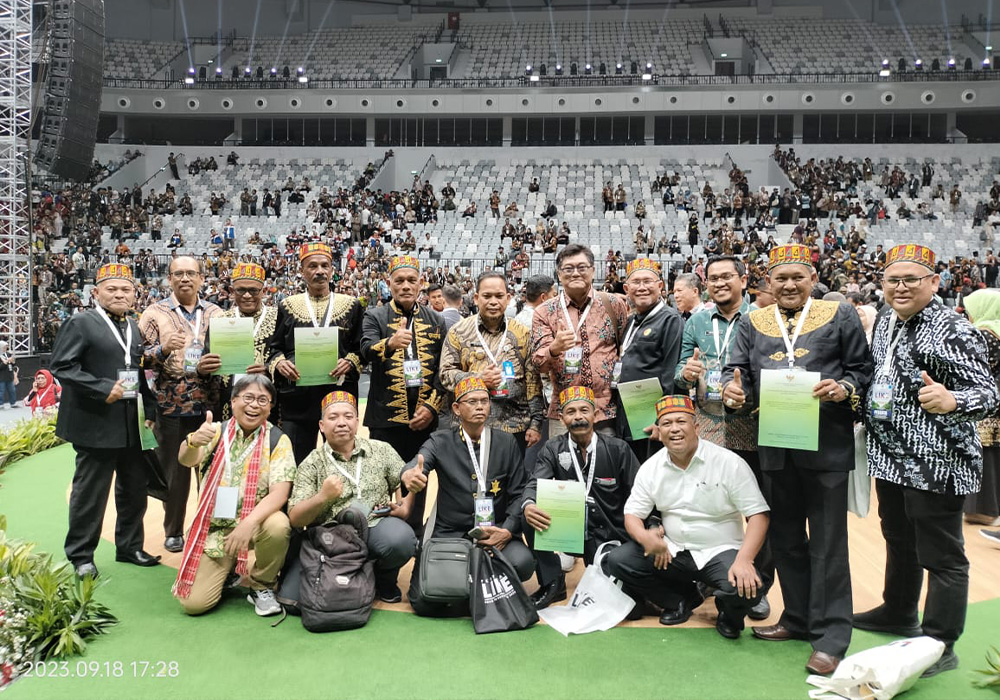
Eight customary law communities (MHA) in Aceh received the Aceh Customary Forest Decree from the president. (JKMA Aceh/Zul)
- admin
- 21 June 2024
- Analysis
A Journey Of Determination: Securing Customary Forests In Aceh
On 12 September 2023, Indonesia’s Ministry of Environment and Forestry (KLHK) officially designated eight customary forests in Aceh, Sumatra. This included three in Pidie Regency, namely Mukim Beungga, Mukim Kunyet and Mukim Paloh. One of the institutions that played an integral role behind the success of the Aceh Customary Forest Decree determination process was the Aceh Indigenous Community Network (Jaringan Komunitas Masyarakat Adat Aceh or JKMA Aceh).
Official determination represented the end of a long road, on a journey spanning nearly three decades. Milestones along the way included dialogues with Indigenous communities, participatory mapping to determine customary territory boundaries and repeated advocacy of a decree that would secure official determination.
The result is a landmark achievement in the recognition of Indigenous rights to own and utilise customary forests, which sets a promising precedent for the future. With grant-making support from the Samdhana Institute, JKMA Aceh were able to keep this journey moving forwards, while also providing a pathway for other groups to follow. In this article, we’ll take a closer look at how JKMA Aceh arrived at their destination.
Step 1: Mapping
This process actually began almost 30 years ago, with the Regional Regulation of the Special Region of Aceh Province Number 5 of 1996. Although the regulation recognised Mukim as a customary community area, it did not specify the boundaries of its territory. To resolve this issue, JKMA Aceh conducted participatory mapping in 2015 to determine the borders, then presented its results to the government of Pidie Regency.
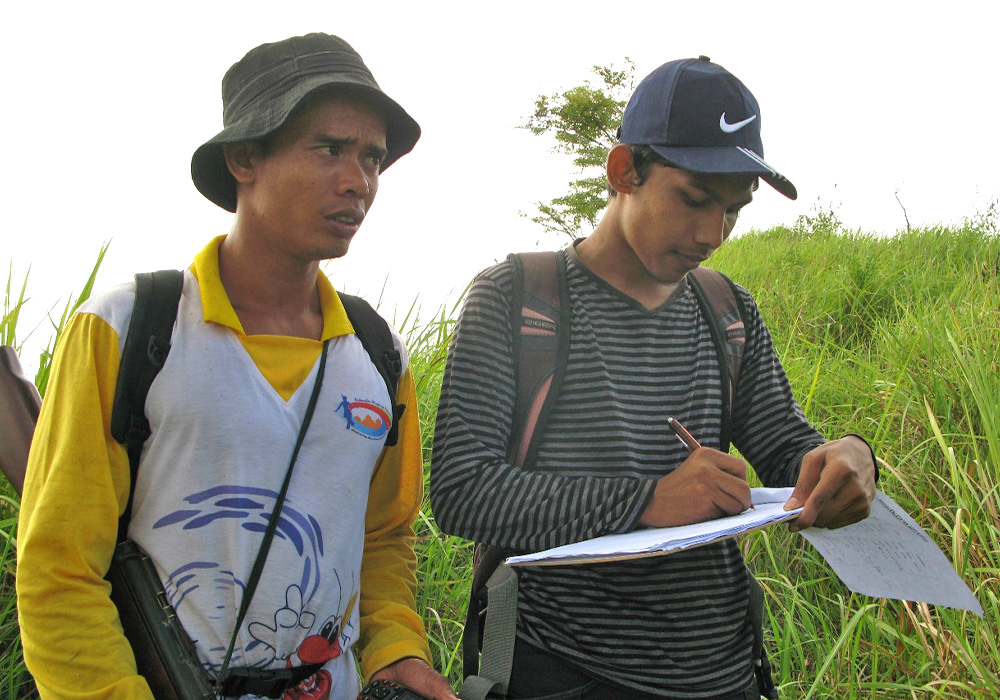
Step 2: Engagement
In 2016, this resulted in three decrees from the Pidie Regent, which recognised the boundaries of Mukim Beungga, Mukim Kunyet and Mukim Paloh. Armed with these decrees, JKMA Aceh proposed the determination of customary forests in Aceh to the Ministry of Environment and Forestry (KLHK) – a proposal that was resubmitted in 2018 via the Aceh Government. While waiting for the government to act, JKMA Aceh continued discussions with the Indigenous community, work together to support legal determination of their customary forest.
Step 3: Collaboration
In 2022, JKMA Aceh teamed up with Syiah Kuala University to host a national symposium called ‘The Dilemma of Customary Law Communities in Indonesia’. It gathered leading experts and researchers together from various universities to investigate why the KLHK had delayed determination of customary forest status, and assess possible solutions. It turned out there was a 'gap' in understanding within the KLHK regarding territorial planning in the Special Region of Aceh – they were concerned there would be a conflict between Mukim and Gampong in the community.
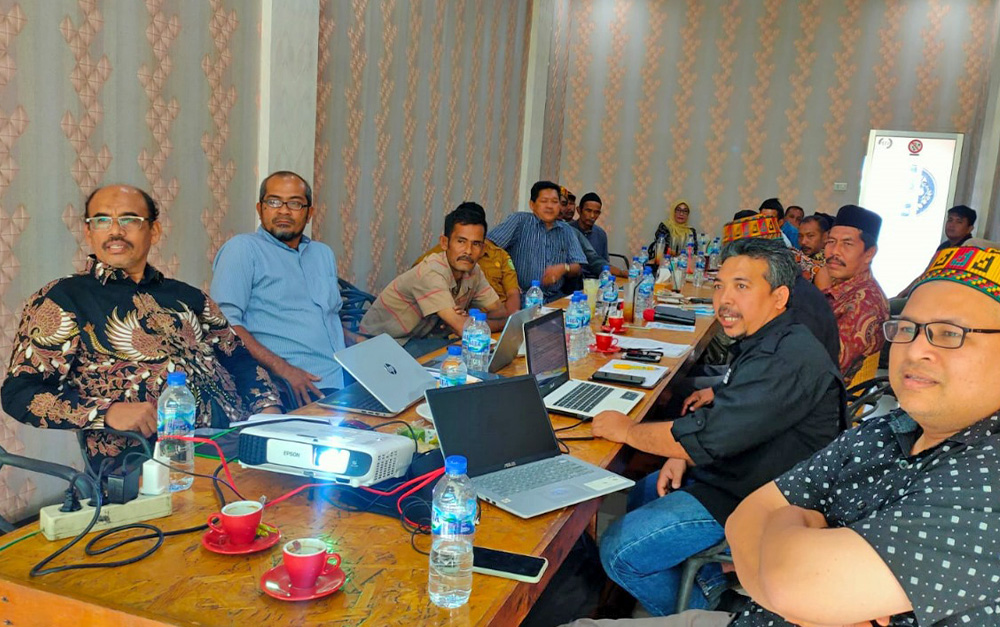
Step 4: Research
In the symposium, Syiah Kuala University was given a mandate to conduct further research into Acehnese customary law and bridge this information gap. In 2023, results from the research, published in the Study of the Proposal for Determination of Mukim Customary Forests in Aceh Based on the Results of the National Symposium Study in Pidie Regency, highlighted the unique characteristics of customary communities in Aceh Province.
Step 5: Verification
In response to the academic study, the KLHK created an integrated technical verification (vertek) team for customary forests in Aceh. This team was comprised of representatives from the ministry, the Aceh Government, the Regency government, academics and supporting institutions related to customary forests. Together, they formulated and followed a roadmap for legal recognition.
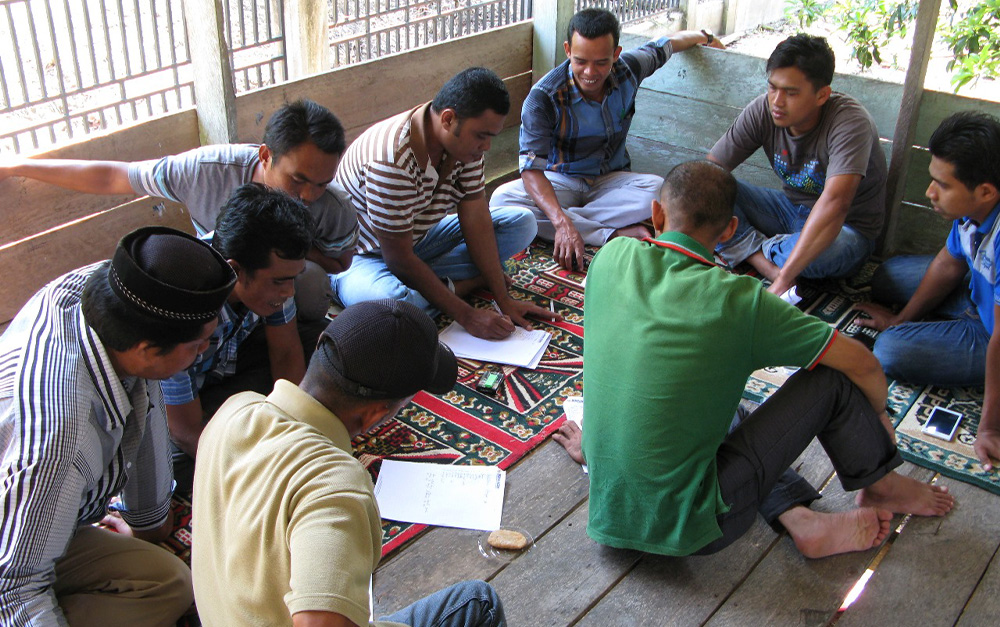
Step 6: Determination
In September 2023, official determination of customary forest status was finally granted, giving Indigenous communities the right to manage natural resources in their customary territory and operate plantations for crops including rice, peanuts, coffee, chocolate and candlenut.
The determination of customary forest status in Aceh is a major landmark for JKMA Aceh and the Indigenous groups they represent. Legal recognition strengthens the role of customary institutions, known locally as Pawang Uteun, who serve as custodians of natural forest resources, while also preventing the exploitation of forest resources for profit by the private sector.
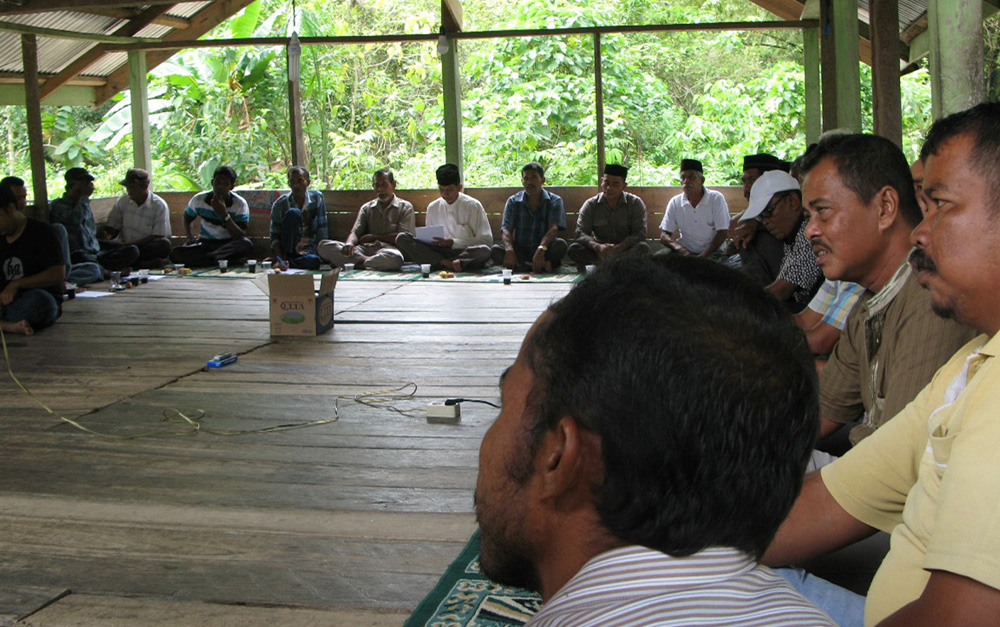
Looking to the future, it is hoped that more Indigenous communities will be supported and acknowledged for their role in protecting customary forest areas according to traditional practices. Ultimately, this will help to ensure that resources are utilised sustainably, according to the needs of the community and within the bounds of nature’s capacity to provide. The latest developments in Aceh represent a major leap forward; the end of a long journey, which could also prove to be the first step in many more.